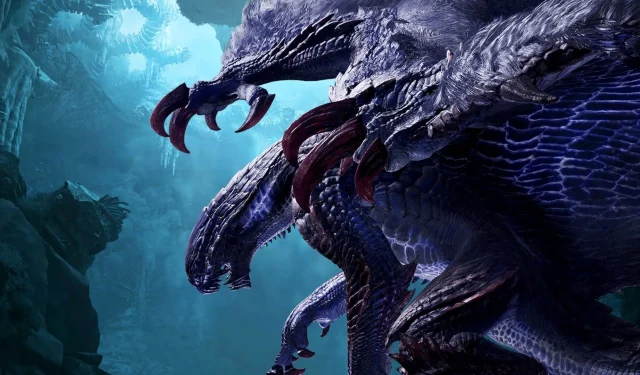Monster Hunter Wilds has recently celebrated its one-month anniversary with the release of the major 1.010 update. Following its launch, player engagement has surged once again, as fans eagerly delve back into the immersive hunt, carve, and craft mechanics this franchise is known for. A highlight of these thrilling encounters is the formidable monster, Gore Magala. Surprisingly, many players had previously shied away from this epic hunt, primarily due to a frustrating gameplay experience.
The root of the problem stemmed from Gore Magala’s enormous size and the claustrophobic design of the Iceshard Cliffs zone, leading to a confusing battle environment. Adventurers often found themselves uncomfortably close to the monster, as the camera struggled to provide a clear view during encounters. This issue had the unintended effect of making the hunt more disorienting than exhilarating. Fortunately, Capcom has addressed these concerns in the 1.010 update by adjusting the camera distance for certain large monsters, restoring Gore Magala’s status as a fan-favorite opponent.
Camera Adjustments in Update 1.010
Addressing the Iceshard Cliffs Challenge
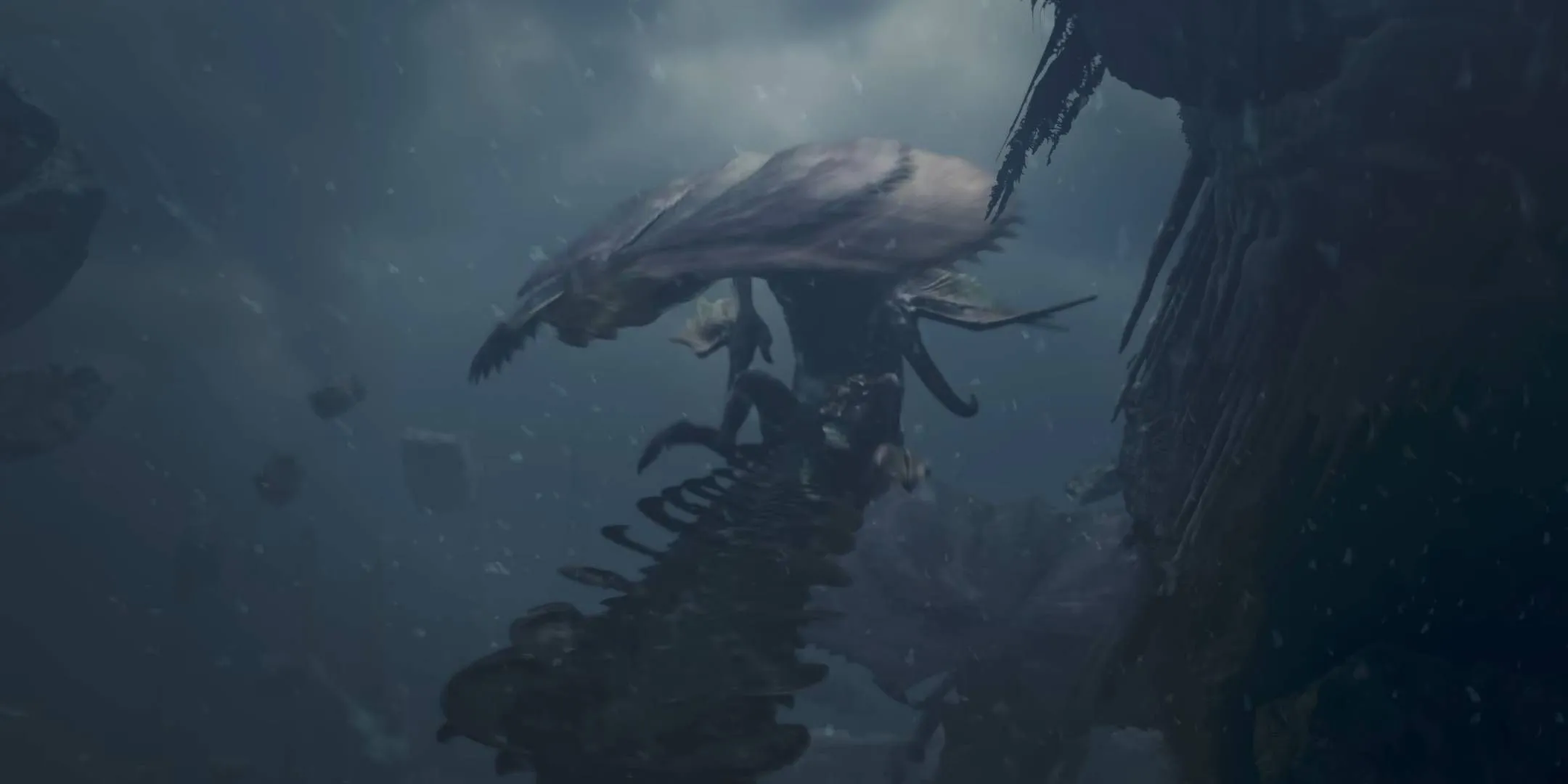
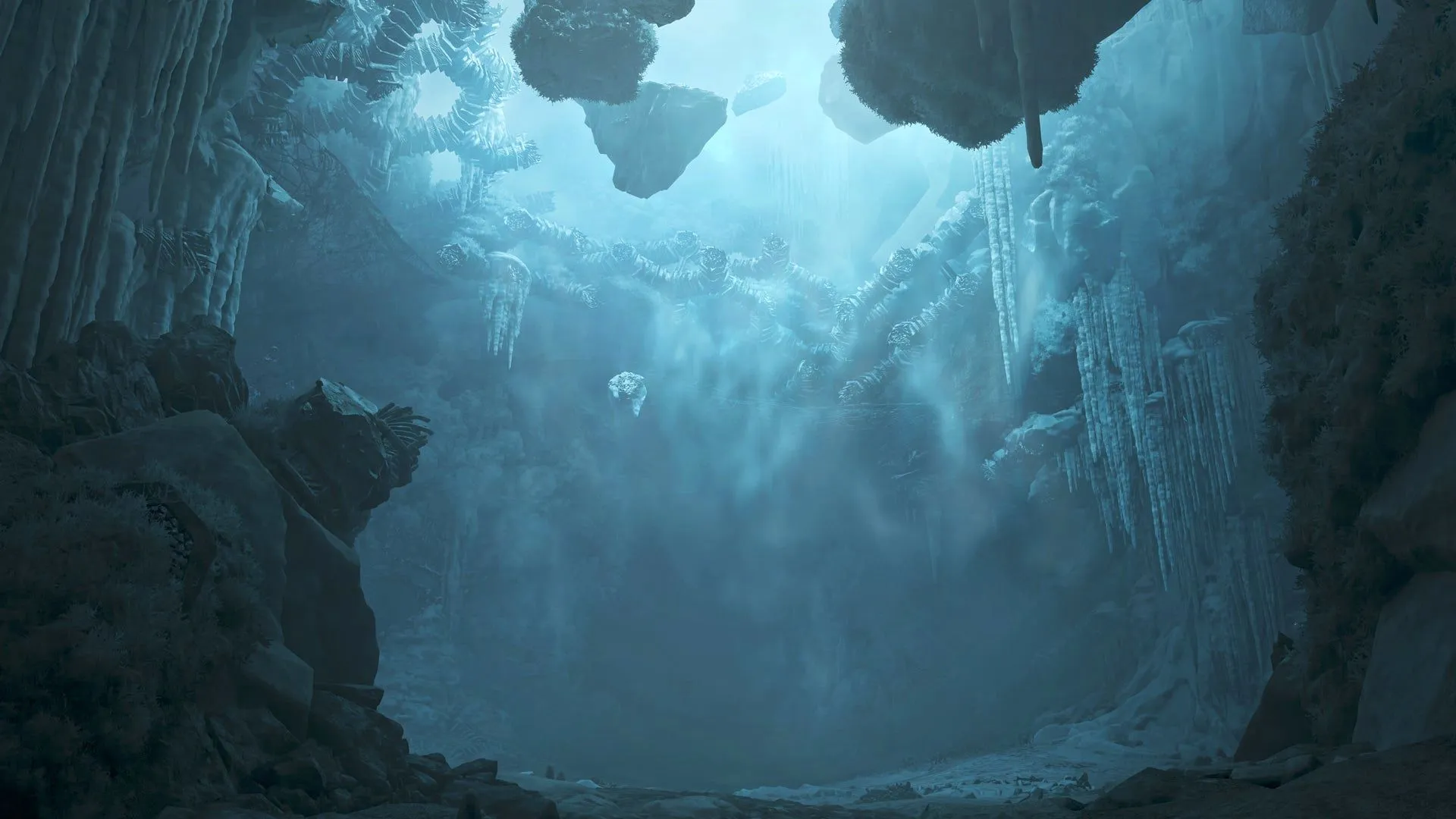
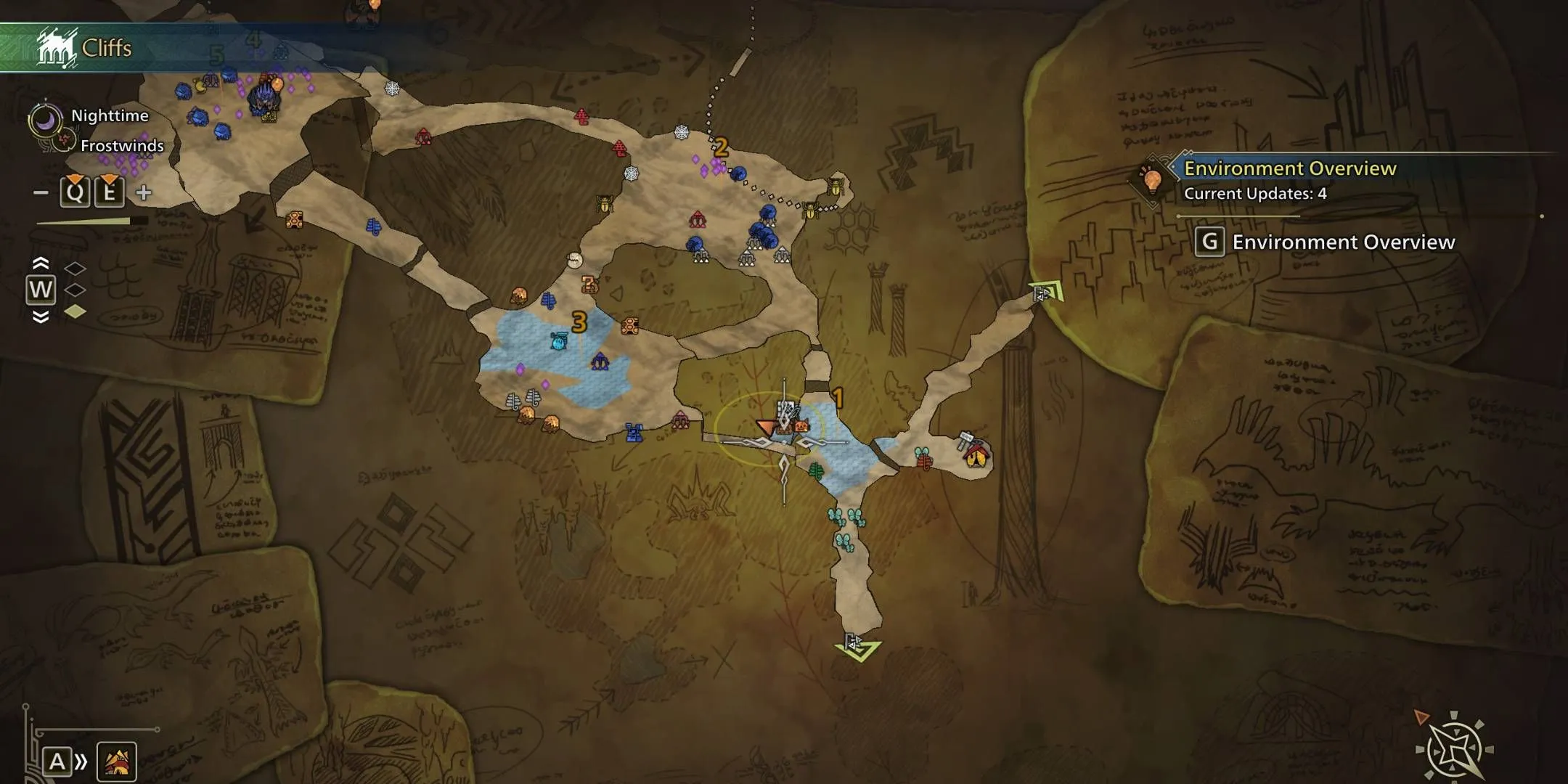
The 1.010 update introduced several significant changes, among which was a notable adjustment: an increased camera distance for especially large monsters like Gore Magala. This adjustment was particularly crucial given the monster’s vast proportions coupled with the cramped quarters of the Iceshard Cliffs environment, which is notorious for its tightly confined spaces.
For instance, within zone 10, players often faced a narrow bridge that further magnified the camera issues, leaving hunters caught in the midst of Gore Magala’s massive model. Historical camera quirks have always been a part of the Monster Hunter experience, yet the swift identification and rectification of these issues in Wilds stands out. The newly adjusted camera distance has significantly alleviated these frustrations, allowing for a more enjoyable hunting experience.
The Dilemma of Camera Control
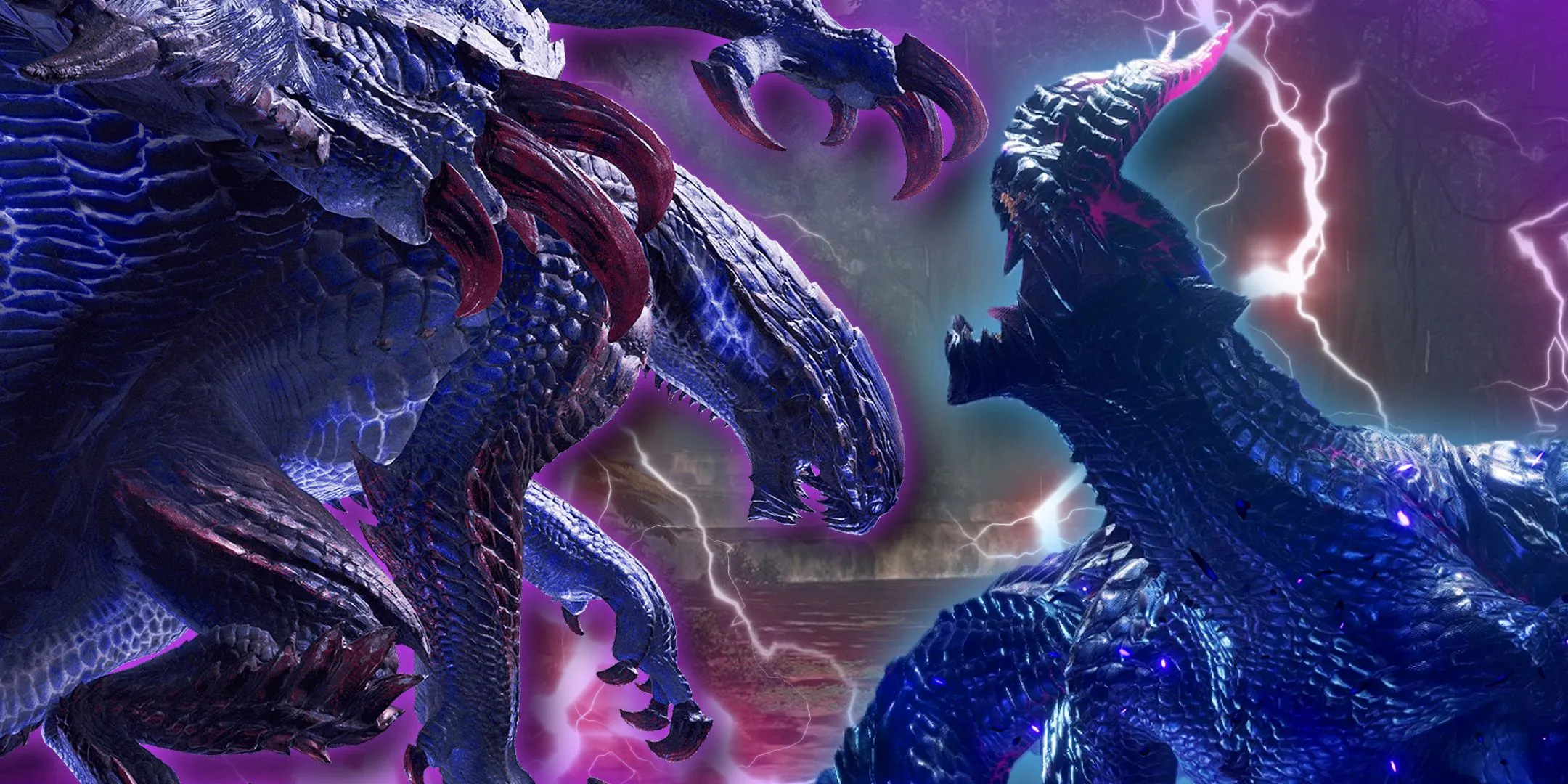
In terms of difficulty, Monster Hunter Wilds does not rival the challenges faced in Iceborne; however, relying on frustrating camera mechanics to create a challenge is hardly ideal. Traditionally, Monster Hunter features a more measured player movement, a deliberate design choice that sets it apart from other action titles. The essence of the game’s appeal lies in the balance of movement, timing, and learning attack patterns—key skills that enhance player engagement.
When the camera is inadvertently placed within a monster, it fundamentally disrupts this carefully crafted dynamic. Players have a harder time moving with precision or timing their attacks, often leading to dissatisfaction. The recent camera adjustments have liberated Gore Magala encounters, enabling players to fully exploit the monster’s weaknesses with renewed enthusiasm.
The Role of Zone Design
Emphasizing Zone Variety
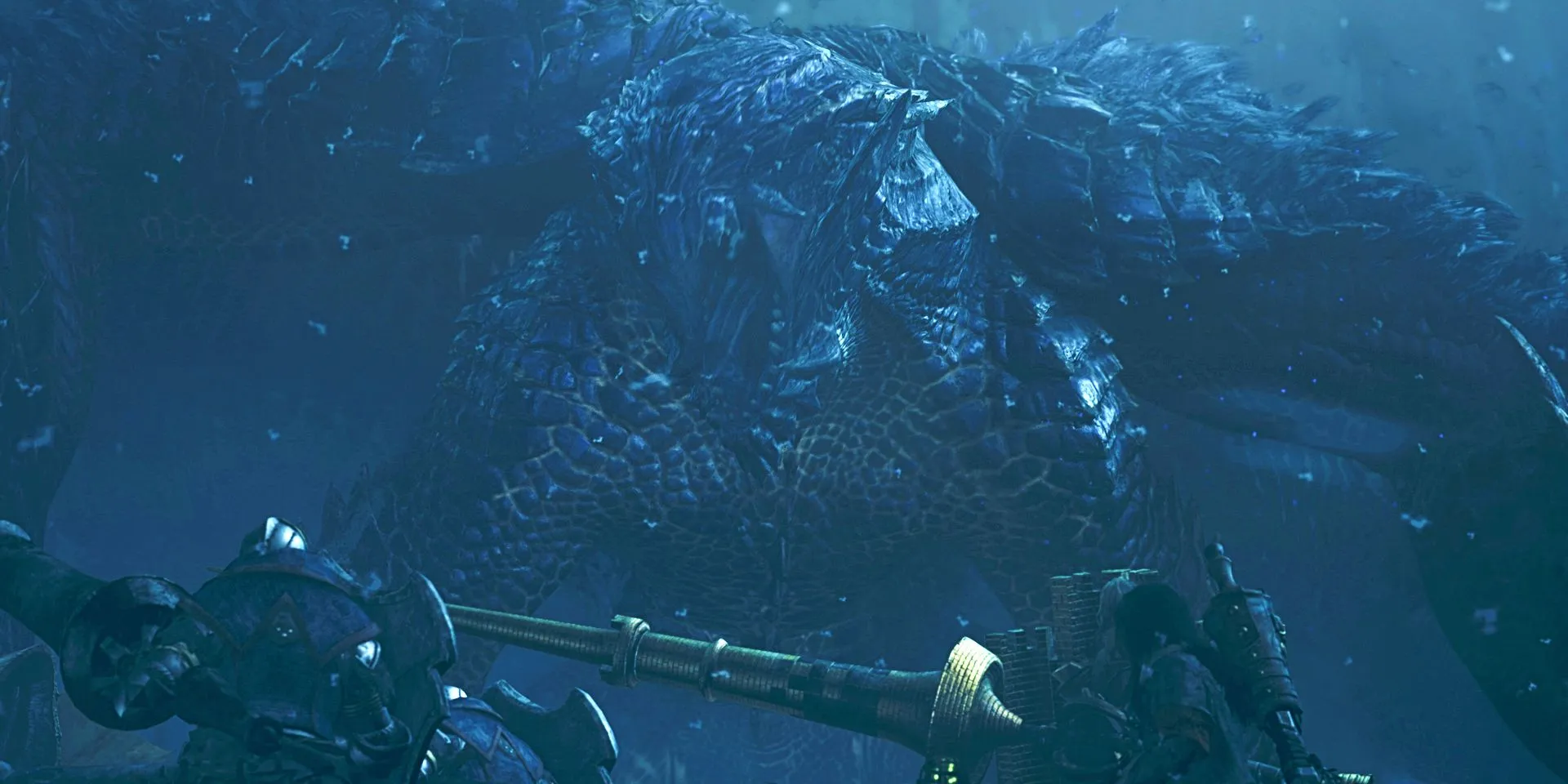
Much of the criticism regarding the camera issues rightly highlighted the confined nature of the Iceshard Cliffs zone. This aspect certainly contributed to the camera challenges faced by players. Nevertheless, it is vital that Capcom does not overly react to the community’s feedback, as the game already showcases expansive environments such as the Windward Plains and Scarlet Forest. While these areas are visually stunning, maintaining variety is essential to keep the gaming experience fresh.
The Iceshard Cliffs’ compact design can add a unique flavor to the game, reminiscent of past zones such as the desert from Monster Hunter 2. Back then, zones were defined by loading screens and often operated as their own small maps. The smaller scale encouraged players to engage with the monsters more directly, making the encounters feel more dynamic.
In fact, the claustrophobic design of the Iceshard Cliffs serves to create a distinct and engaging experience. The dynamic action of battling Gore Magala within the ruins of a once-great civilization brings an element of uniqueness that should be embraced. With the camera issues now mitigated, I firmly believe that Monster Hunter Wilds should continue to explore diverse zone designs, allowing players to engage with the game’s intricacies in new and exhilarating ways.
